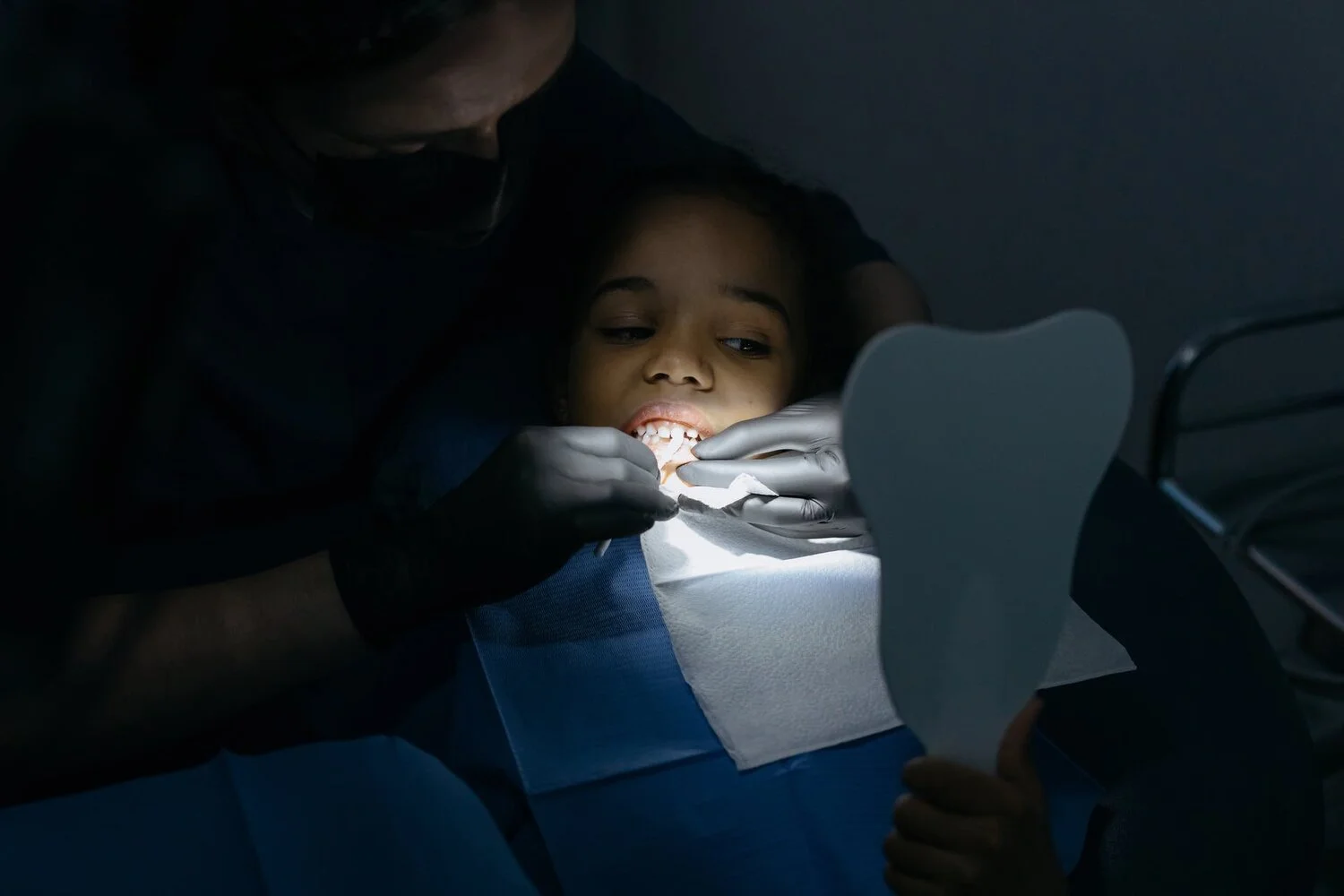As a dilemma to regular braces, Invisalign is a popular orthodontic treatment. It straightens teeth using a set of removable plastic aligners, and it has numerous advantages over traditional braces for many people, including youngsters.
When you first learn that your child's permanent teeth are coming in crooked, the first thing that comes to mind is undoubtedly braces. Orthodontic braces are not new. People have been trying to enhance their smiles for thousands of years.
Everyone knows someone who wore braces when they were younger, and for a good reason: they work. But you're undoubtedly also aware that orthodontics has advanced to the point where you and your child have additional alternatives. You may have heard of Invisalign and Invisalign tx as braces alternatives, but you may not know how the two corrective techniques compare.
Is Invisalign a better alternative to braces? Are braces preferable to Invisalign? We compare the pros and cons of braces and Invisalign to help you decide which is best for your child.
The Difference Between Invisalign and Braces
If you've never had braces before, you might be surprised at how they operate. These brief descriptions of each therapy method will help you compare the two more effectively. Braces: With conventional braces, metal
Every tooth has brackets attached to the enamel. Next, the orthodontist threads a metal archwire through each frame, held in place by colorful elastic O-rings (you get to choose the exciting colors!). You can also choose transparent braces, which blend in with your natural teeth and are less visible. Over time, modify the archwire to bring teeth back into a better place.
Invisalign: A use of the 3D picture of the patient's mouth to create clear aligners. The given the patient a series of transparent trays, each one slightly different, that gently shift the teeth by less than a millimeter. Each tray moves the tooth closer to the ideal position than the one before it. And before going on to the next tray, each tray is worn for one to two weeks. The Invisalign trays are simple to apply and remove.
What Are Some Of The Benefits Of Invisalign For Kids?
Although Invisalign is suitable for adults, youngsters frequently struggle with conventional braces' additional needs and constraints. They may also wish to avoid the look of metal braces.
Invisalign has several advantages, including clear aligners that are nearly undetectable.
There is minimum disruption to daily life.
There are neither brackets nor wires in this method, which might cause discomfort and wounds.
Wearable and comfortable
It is possible to remove it for easy cleaning.
Brushing and flossing may be done without them, making at-home dental care more accessible and more effective. Because it's difficult to brush around conventional braces, this also helps to minimize the risk of cavities and gum disease.
Because remove aligners before meals, there are no limits on what your child may consume.
There's no obligation to be concerned about food becoming trapped in your teeth or braces.
When compared to traditional braces, there are fewer orthodontic appointments necessary.
Pediatric dentistry McKinney may be performed swiftly and efficiently in the office. Computer simulations to show how teeth will look at different stages.
Differences In Emotions
The emotional component is the most noticeable difference between conventional braces and Invisalign. Any adult would be terrified of having semi-permanent wire bands and brackets affixed to their teeth. Children approaching the age of orthodontic intervention are typically more anxious about their social position than ordinary adults.
Some youngsters prefer traditional metal braces because they get to choose the color of their braces every time they see the orthodontist. Others, on the other hand, would like not to have braces on their teeth.
Because Invisalign is more difficult to notice on the surface, children concerned about their appearance spend less time feeling self-conscious about their treatment. The risk of anxiety and self-esteem difficulties associated with traditional metal braces is typically why parents and children prefer Invisalign to braces.
How Extremely Do They Cost?
Another important consideration when selecting between Invisalign and traditional braces is price. Which is the less expensive option? Invisalign or braces? Braces are often less costly, although this is not always the case. Because Invisalign aligners are custom-made for each individual, much work goes into the 3-D technology, adding to the overall cost.
Braces, on the different rounds, are designed to be simple to deal with for an orthodontist. Without involving a third-party lab like Invisalign, they may do a visual assessment and modify the wires accordingly. Traditional braces may be the less expensive option if affordability is your primary concern.
Braces may cost anywhere from $5,000 to $7,000 on average, whereas Invisalign can cost anywhere from $4,000 to $7,000. Sprout helps parents set up in-office payment arrangements to bring the monthly cost down to around $200.


